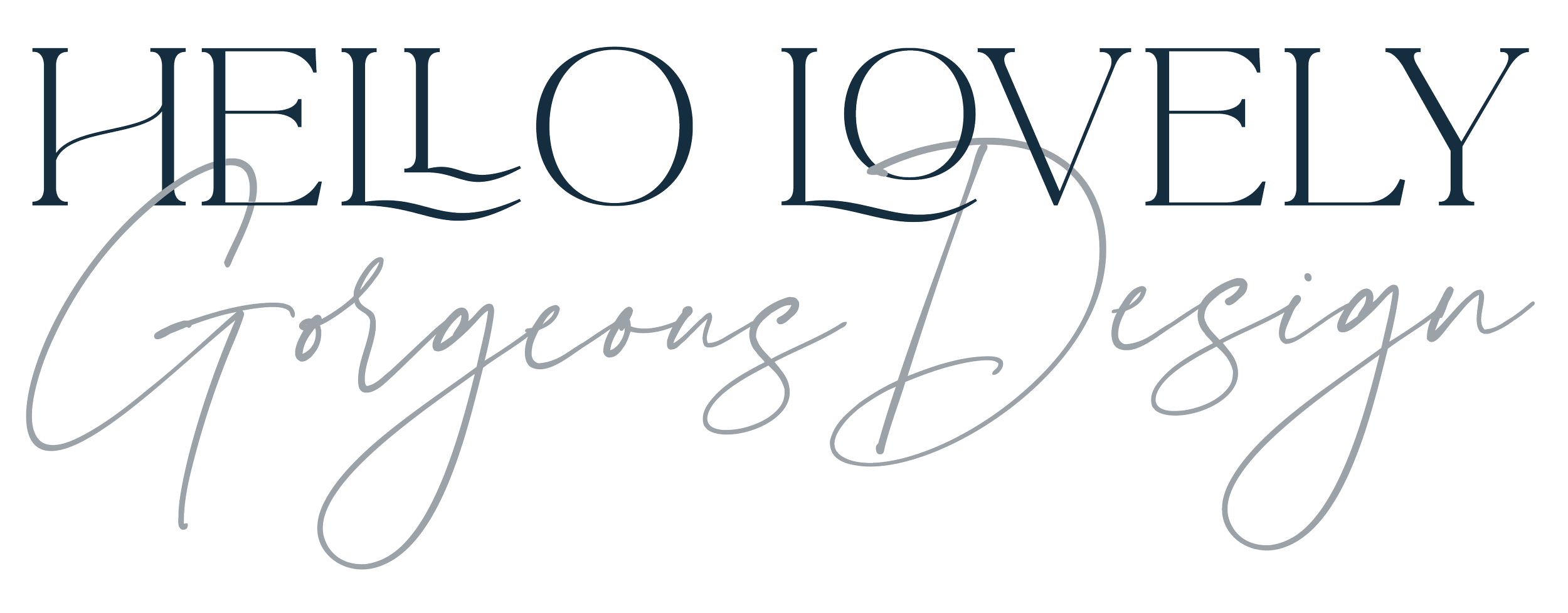How I work with you to choose a printer for your work
How to choose a printer
Choosing a print partner is not as much about money as it might seem at first. It’s a decision that can only be answered after determining exactly what you want to do with your printed product. Questions I’ll ask you will include:
do you want to maximise your revenue from your print book sales?
see your book in a bricks and mortar store?
create a bespoke, high-quality illustrative or photographic publication?
provide print for your readers with no disruption, so you can focus on ebook and audio?
some combination of these?
something else?
Take time with this stage of the process. A romantic attachment to the print book, or a driving desire to see their book in bookstores can drive some authors into making poor print decisions. It’s okay to aim for these goals but be super critical at the same time.
Print on Demand (POD) with KDP or Ingram Spark
Most self-published authors use print-on-demand (POD) book production, printing a single title as the customer orders it, rather than printing in bulk, up front. POD has higher per-unit costs than traditional printing methods such as ‘offset’ printing, but a lower upfront investment. With POD, there’s no risk of being stuck with unsold stock, and no need to worry about deliveries, stock control or warehousing.
Amazon’s Kindle Direct Publishing (KDP) platform and IngramSpark are the front-runners for print-on-demand production for independent authors–and indeed trade publishers too. Both use a worldwide network of printers to produce individual copies of books, as needed and deliver them to customers directly, or to distributors or wholesalers who in turn supply bookshops, other retailers, educational institutions and libraries.
But you are using a giant machine to print with limited customer service as it’s sub-contracted, with fewer customisation options for print. POD means quality variation is the price paid for cheaper print as the book will form part of a bigger print run, perhaps with other books.
As well as using print-on-demand, you can order short runs of your book from both KDP and IngramSpark for use at school visits, book signings, and other events, and to supply to local bookshops directly. Each site has calculators to allow you to view costs.
KDP and IngramSpark each have different advantages for self-publishers and you may wish to use them together. KDP gives authors access to Amazon’s incomparably huge customer base, with the added bonus of rapid fulfillment for those customers. IngramSpark offers international fulfillment and more flexible options for distribution to brick-and-mortar bookstores or libraries.
Offset printing
Large print orders leave you with a significant bill to shoulder up-front but cost-per-copy is significantly cheapest — which means a higher profit margin on each book.
Offset printing is typically required for books over 800 –1200 pages, and for specialIty books with odd trim sizes or unusual paper, and art or photography books that require higher print fidelity.
Offset print allows you to get your project looking and feeling exactly as you’d like, giving you more freedom in trim sizes, paper types, cover types, etc. You can even give your book fancy flourishes that POD doesn’t permit, like embossed titles.
You have two options when it comes to consignment print: volume print runs of 1000 copies or batch print runs of 500, or sometimes, with some printers, even fewer.
Large print runs often raise the money to fund the upfront costs for print runs of 2,000 or more books through Kickstarter and other crowdfunding campaigns (advisable if you have a strong sales track record, a robust sales and marketing plan and are prepared to put in many hours setting up and promoting your campaign).
Minimum orders usually start at 500 but some companies are now providing shorter print runs, with some going as low as 50.
The per-unit costs if you’re ordering over 100 copies and certainly if going towards 200 may well be lower than KDP Print or IngramSpark author copies. This is something to research and compare costs if the need arises, but it only makes sense if your cash flow allows for it, and you are certain there is demand for your book in those numbers, in the short to medium term.
You can also use short print runs to complement print-on-demand is short digital print runs in the low hundreds from independent printers. Typically you might order this stock for use at book launches or events where you expect to sell in solid numbers, or if you have an order from a bulk buyer.
Takeaway
As with all my publishing advice, work from the end goal to where you are now. Considering your print is as important as the editing and design. It will affect the cost, the size and length of your book. Your book designer and typesetter will need to know the details too. It’s never too early to discuss print.
